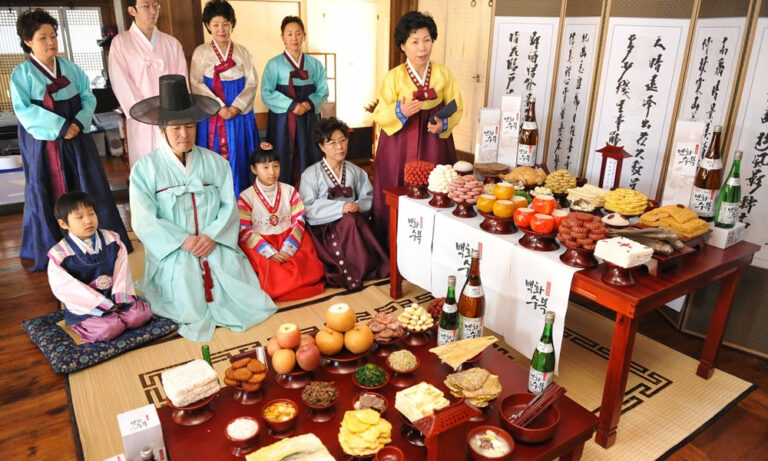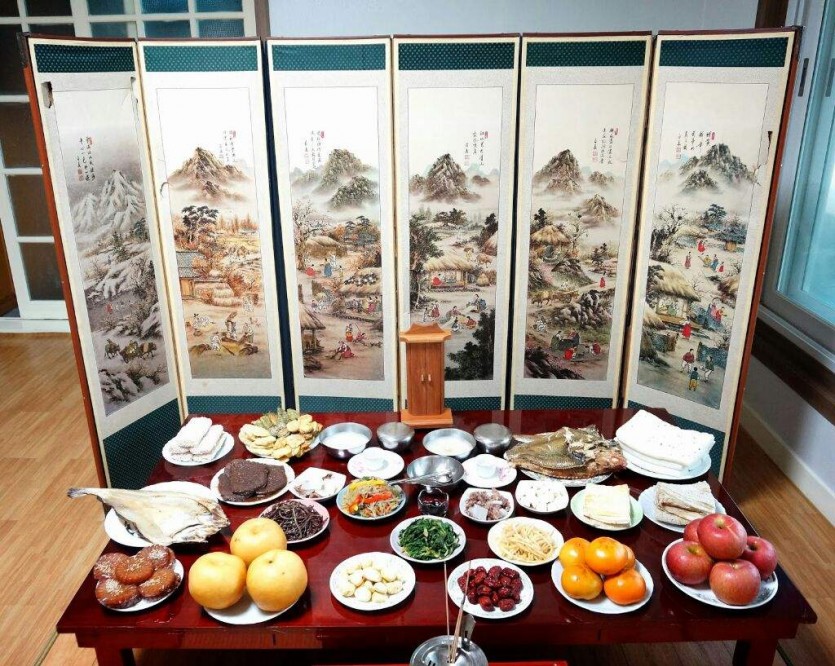Language & Culture Unveiling the Rich Tapestry of South Korean Traditions
페이지 정보

본문
Chuseok (추석): The Korean Thanksgiving
Chuseok is a bountiful harvest festival, celebrated on the 15th day of the 8th lunar month, typically in September. Here are some fascinating customs:
Charye (차례): Families gather to pay respects to their ancestors through a ritual called Charye. They offer a sumptuous array of food and beverages on a table set with exquisite precision.
Songpyeon (송편): These crescent-shaped rice cakes are a Chuseok delicacy. Families come together to make and share these sweet treats, each with their unique fillings.
Ganggangsullae (강강술래): Traditional dances like Ganggangsullae are performed under the bright full moon, bringing the community together in joyful circles.
Seollal (설날): The Korean Lunar New Year
Seollal ushers in the lunar new year, typically falling in January or February. It's a time for renewal and family bonding. Here are some endearing customs:
Sebae (세배): Younger family members bow to their elders, showing respect and receiving New Year's blessings in return. The number of bows depends on the age gap.
Ddeokguk (떡국): Rice cake soup, ddeokguk, is a symbolic dish enjoyed during Seollal, signifying the passage of time and growth. Eating it ensures a year of good fortune.
Yunnori (윷놀이): This traditional board game is a Seollal favorite, played by families gathered around. It's a game of strategy and luck, and winning is considered a good omen.
Both Chuseok and Seollal are occasions of immense cultural significance, where the values of family, respect for ancestors, and gratitude for the harvest are celebrated with joy and warmth. South Korea's rich tapestry of customs and traditions truly come to life during these festive moments.
#KoreanHolidays #Chuseok #Seollal #CulturalHeritage
Photo Credit: thekoreabuzz.com
aminoapps.com
- PrevHealthy Drinking: Effects and Guidelines 23.09.30
- NextIndulging in Mongolian Delights in Dongdaemun, Seoul 23.06.23
댓글목록
There are no registered comments.


